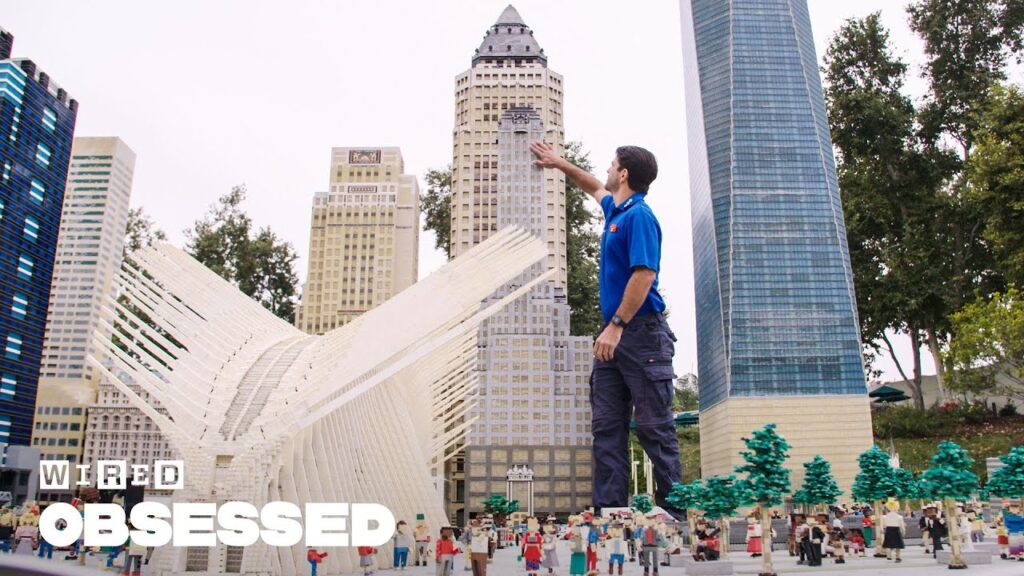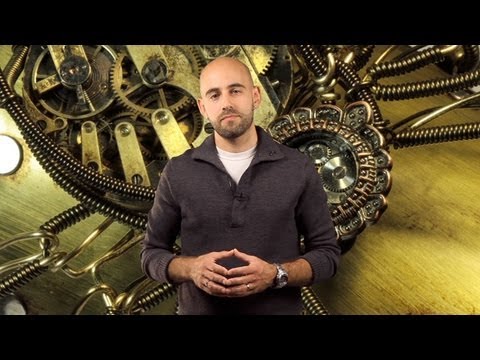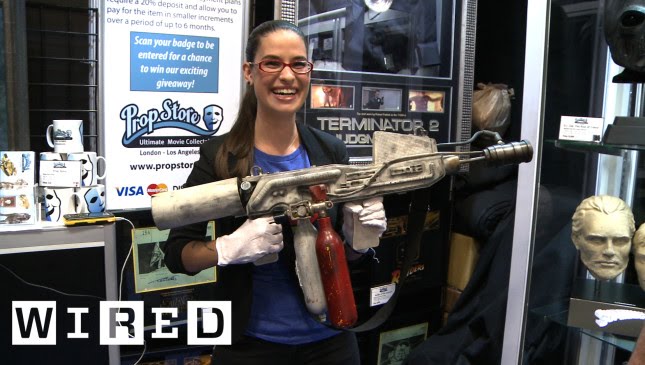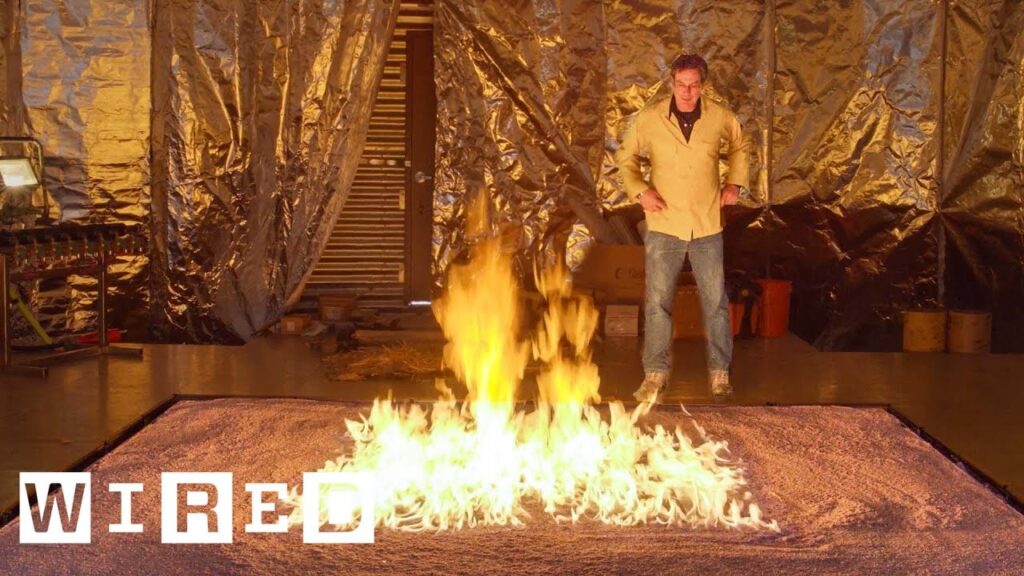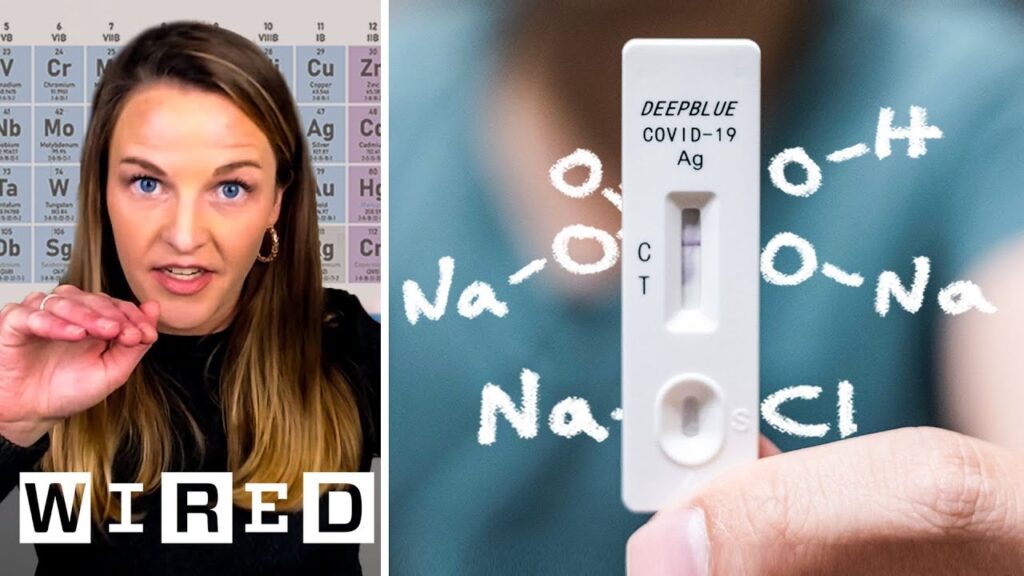Building Real Planes for Fast and Furious: Behind the Scenes
Summary
In this article, we will explore how the team behind Fast and Furious build most of a real plane for the movie, instead of relying solely on digital effects. We will go behind the scenes and learn about the techniques and set-pieces that the crew used to create a thrilling and realistic film.
Table of Contents
- A Realistic Approach to Filming
- Creating Set-Pieces
- Destruction in Motion
- Building Realism into the Film
- The Power of Practical Effects
Introduction
As filmmakers, we are always on the lookout for ways to create realistic movies that immerse the audience in the action. When it comes to the Fast and Furious franchise, we wanted to push the limits of practical effects to build a real plane for the movie. In this Q&A, we will discuss how we did just that.
Q&A
A Realistic Approach to Filming
Question: Can you tell us about the approach you took to filming the plane scene in Fast and Furious?
Answer: Our approach to filming the plane scene was to make it as realistic as possible for the audience. We wanted to build most of a real plane and use practical effects wherever we could. Justin was instrumental in making sure we could achieve this feat by building the set pieces necessary to create a believable scene. We spent a long time looking at the dynamics of the construction of the fuselage to understand how the rib structures were clad with lightweight metal. The rib compression and the plan starting to shrug its metal surface off is a ripple that runs through the plane when it is impacted.
Creating Set-Pieces
Question: Can you explain the set-pieces you created to make the plane scene a reality?
Answer: We created three set-pieces to build the plane scene. The first set-piece was 75 feet long and 70 feet wide. It was the main section of the fuselage where the wheels and undercarriage meet the ground. The wheel system was a visual effect. The second set-piece was a ramp at the back of the plane that allowed the cars to go in and out of the plane. Justin was adamant that this had to happen in real-time and real as it added to the realism of the scene. The last set-piece we built was for the destruction scene. We built a one-to-one scale partial build of the center of the fuselage, wings, engines, and nose of the plane to create the perfect environment for the action.
Destruction in Motion
Question: How did you choreograph the destruction sequence and make it look so realistic?
Answer: We have a special effects supervisor, Joss Williams, who is outstanding at his craft. We storyboarded the scene and knew exactly what we wanted to achieve before we started filming. Joss was instrumental in running the plane down the runway, setting it on fire, igniting explosions, and running cars in front of it. This all added to the realism of the destruction scenes.
Building Realism into the Film
Question: Can you elaborate on why building a real plane was so important for the movie?
Answer: Building the real plane was important for the movie as it added to the realism of the film. We didn’t want to rely solely on digital effects to make it look like the cars were driving alongside the plane. We wanted to create an environment that was as close to the real thing as possible. This added an extra layer of excitement to the film, and it’s something the audience can relate to.
The Power of Practical Effects
Question: How important are practical effects in modern filmmaking, and why did you choose to use them for Fast and Furious?
Answer: Practical effects are crucial in modern filmmaking, especially in action movies like Fast and Furious, as they create a sense of realism that cannot be replicated through solely digital effects. We wanted to create a real-world environment where the audience could feel the heat from the explosions and see the impact of the destruction. Using practical effects was the only way to achieve this level of realism.
Conclusion
Building most of a real plane for Fast and Furious was an achievement that we are extremely proud of. It’s a testament to the dedication and hard work of our team who pushed the boundaries of practical effects to create a thrilling and realistic film. By building a real plane for the movie, we were able to create an environment that drew the audience into the action, making it feel as if they were right there alongside the characters. It’s a technique that we will continue to use in our filmmaking, and we are excited to see how we can push the limits further in the future.
